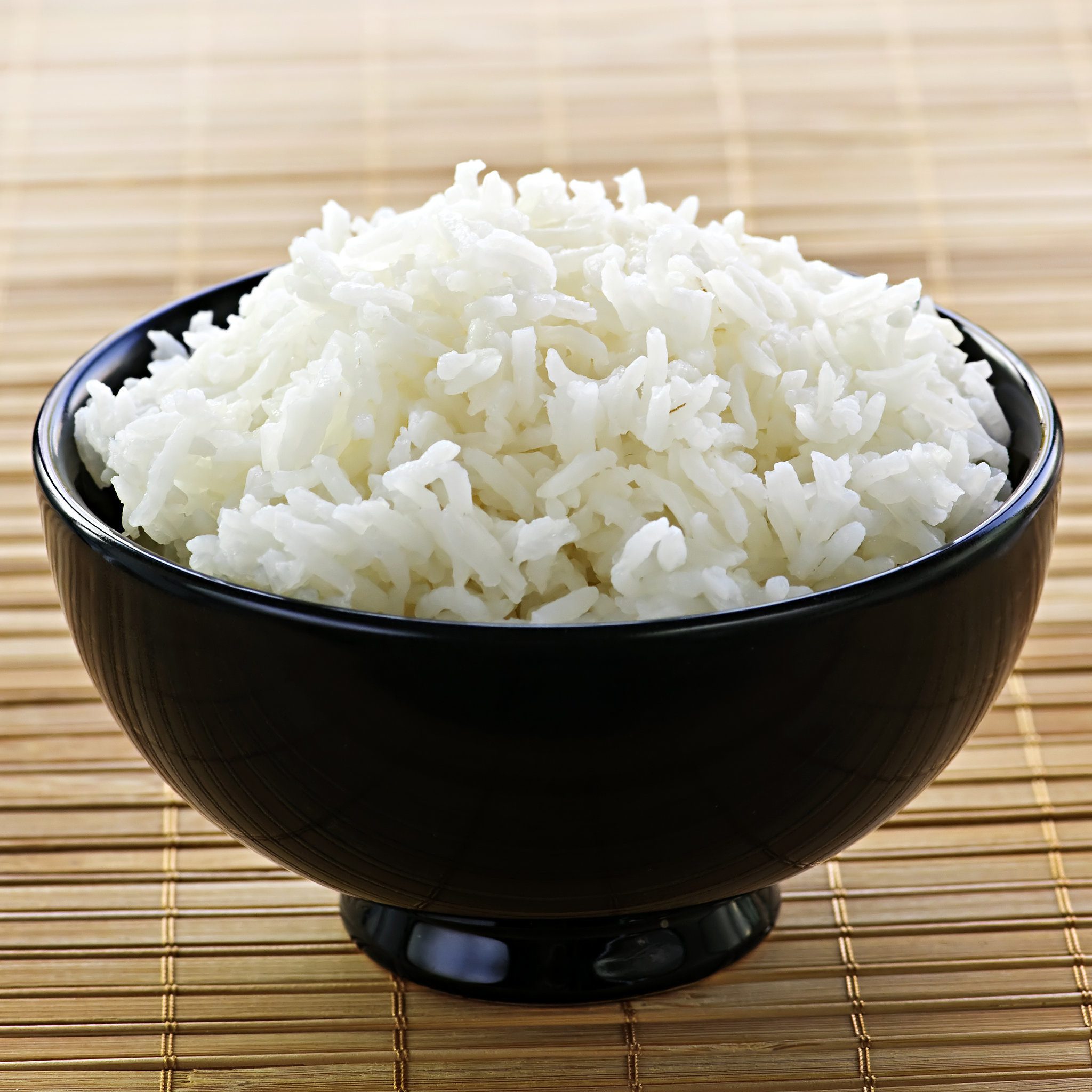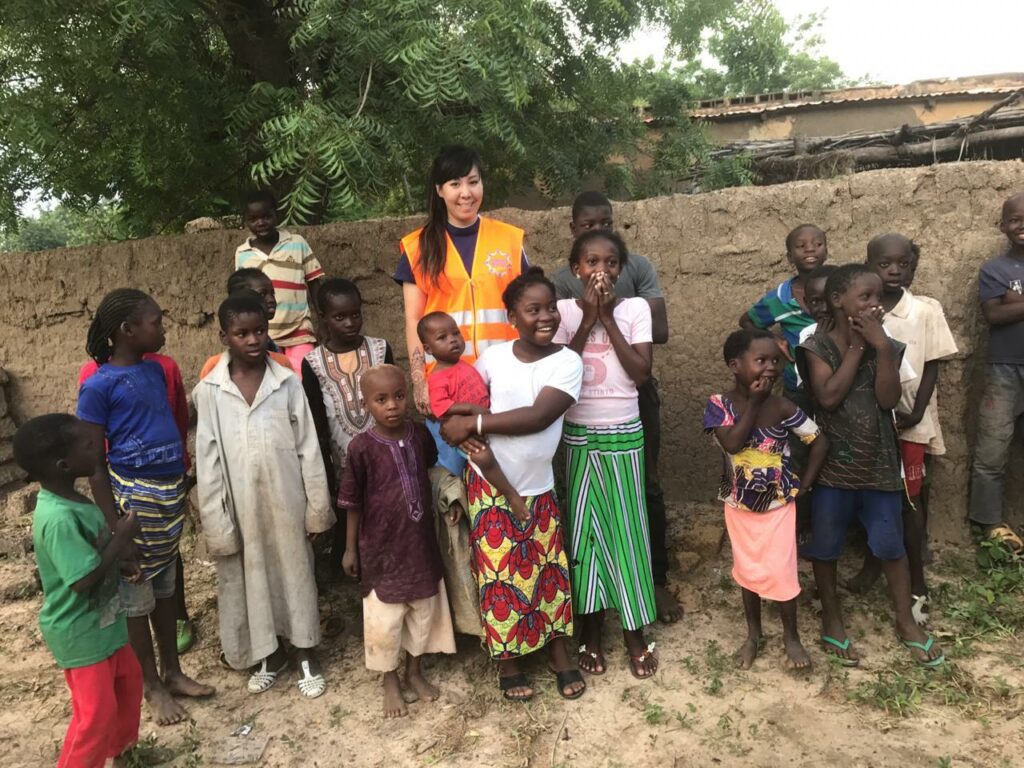Rising Rice Prices and Inflationary Pressures in Bangladesh
Rice prices in Bangladesh continue to exert significant pressure on food inflation as well as overall inflation, according to the latest economic update by the General Economics Division (GED) of the Planning Commission. The report highlights that the contribution of rice to food inflation has risen sharply, increasing from 40 percent in May to 51.55 percent in July. Medium and coarse rice accounted for the bulk of this increase, contributing 24 percent and 18.39 percent respectively.
All three categories of rice—fine, medium, and coarse—recorded inflation of around 15 percent in July. The report reveals that both medium and coarse rice have maintained double-digit inflation since December 2024, while fine rice has seen double-digit inflation for the last twelve months. This persistent trend underscores the ongoing challenges in stabilizing rice prices.
Government Measures to Address Supply Shortages
To address the supply situation, the government targeted the procurement of 1.4 million metric tonnes of Boro rice between April 24 and August 31, 2025. However, rice distribution in July was only 62,889 metric tonnes, a 36 percent decrease compared to the same month a year earlier. In response, the Ministry of Food invited private sector applications for rice imports, with the deadline ending on August 7. While these imports may take a few more months to impact market prices, the report warns of possible erratic weather patterns in the coming months, which could keep rice prices elevated.
The report suggests that the government may need to speed up imports, enhance procurement, and expand rice distribution under Open Market Sale (OMS) programmes in the short term to contain the inflationary pressure.
Inflation Trends and Economic Outlook
Headline inflation in Bangladesh inched up to 8.55 percent in July from 8.48 percent in June, ending a seven-month streak of slowdown. The marginal increase should not be a cause for major concern, as when the interim government assumed office in August 2024, inflation was running in double digits. The GED update mentions multiple macroeconomic challenges in the first half of FY2024-25 have since been addressed in a ‘balanced manner.’
It is also the second consecutive month since February 2023 that overall inflation stayed below 9 percent and food inflation under 8 percent. While the supply-side pressure remains, the GED points to coordinated fiscal and monetary measures. Bangladesh Bank has already announced a monetary policy targeting inflation below 7 percent by December 2025 while maintaining macroeconomic stability.
Diversified Impact on Food Inflation
The report highlights that non-food inflation remained stable throughout the last fiscal year. Among food items, contributions of vegetables and root crops fell sharply—by 6.48 percent and 10.34 percent, respectively—helping ease food inflation. At a more disaggregated level, items like hilsa, brinjal, tomato, soybean oil, and pangas contributed moderately to easing pressures, while potato and onion saw their contribution to food inflation decline by 15.71 percent and 7.93 percent.
Looking ahead, the GED stressed the importance of close monitoring of domestic market conditions and timely supply of agricultural inputs to contain inflationary pressures further.
Economic Resilience and Digital Growth
The latest economic update released by the GED of the Planning Commission mentioned that Bangladesh’s economy is showing signs of renewed resilience, with robust digital transactions, improved external balances, and rising exports. Mobile financial services (MFS) experienced remarkable growth, with year-over-year transaction volumes expanding strongly across categories such as merchant payments and salary disbursements. March 2025 emerged as the peak month, with transaction volumes ranging between Tk 1,537,579.8 million and Tk 1,781,279.2 million, supported by festival-related spending.
Similarly, e-commerce transactions surged in FY25, climbing nearly 64 percent compared to FY24. Monthly transactions rose from Tk 14,487.9 million in July 2024 to Tk 23,654.2 million in May 2025, reflecting sustained growth in digital commerce.
Agricultural and Industrial Performance
Agricultural credit disbursements peaked at Tk 3,654.74 crore in May 2025, outpacing FY24 performance, while recovery patterns reflected the harvest cycle. Industrial production showed resilience despite volatility, with year-on-year growth peaking at 11.39 percent in October 2024 after a brief dip in August.
External Sector Turnaround
The GED highlights a significant rebound in the external sector, with the current account balance posting a surplus of $1 billion in FY25—the first positive figure in five years. The overall balance also recorded a $3.3 billion surplus, reversing persistent deficits since FY22. The turnaround was driven by a narrowed trade deficit, strong remittance inflows, and steady service sector earnings.
Exports gathered fresh momentum, with July 2025 shipments reaching $4,770.59 million, up nearly 25 percent from a year earlier. Strong gains were also recorded in May and December, pointing to improved competitiveness and global demand. Imports showed healthy recovery, with capital goods inflows remaining stable, indicating resilience in investment appetite.
Remittance Boost and Economic Confidence
Remittance inflows provided another pillar of support, rising sharply throughout FY25, as monthly receipts hit $2,470 million in July 2025, a 29.5 percent increase from the same month in 2024. Seasonal peaks in March, May, and December further boosted reserves and household incomes, underpinned by policy incentives and improved transfer channels.
The GED said these positive trends, coupled with prudent policy management, reflect growing confidence in Bangladesh’s economic outlook.










